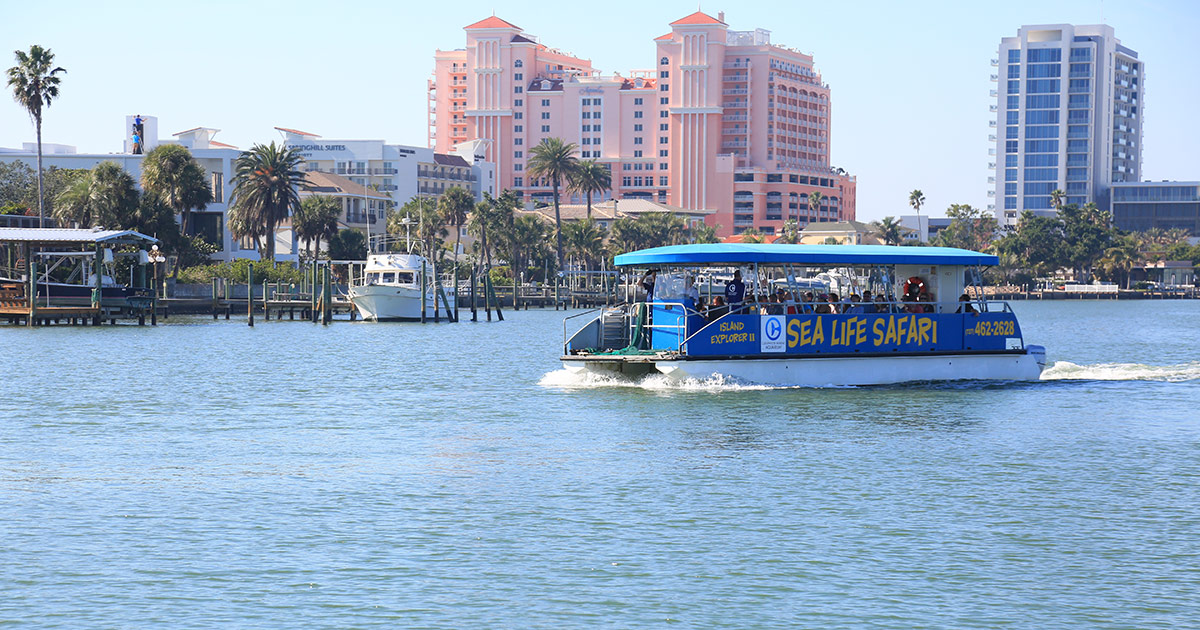
Hop on Board the Sea Life Safari
We may not have wild cheetah’s or lions in Florida but we do have amazingly diverse coastal ecosystems with an abundance of wildlife to see. Here at Clearwater Marine Aquarium (CMA), we allow you to step into the everyday lives of marine biologists and hop on board a research vessel to learn all about a myriad of species that reside in Clearwater Bay.
A Guided Tour of Marine Life in the Wild
Stepping aboard the Sea Life Safari, you never know what you might find. Guided by CMA’s marine specialists, you’re invited to sit back and scan the water in search of the diverse species we have here in Clearwater Bay. From wild Atlantic bottlenose dolphins, to manatees, sea turtles, and an array of birds, it is always a beautiful sight.
As you travel along the shallow channels, you’ll learn all about the importance of mangrove trees and the birds that reside in them. If you’re lucky, you may even get a chance to see one of Florida’s currently threatened species. A small bird, with lovely pink feathers, and a unique spoon shaped bill. While some tourists guess that this bird is a flamingo due to its pink coloration, it is actually a roseate spoonbill. Spoonbills came close to extinction due to overhunting for their pink feathers, as well as habitat destruction that has taken place all over coastal areas. These birds shed light on the importance of mangrove habitats all throughout Florida.
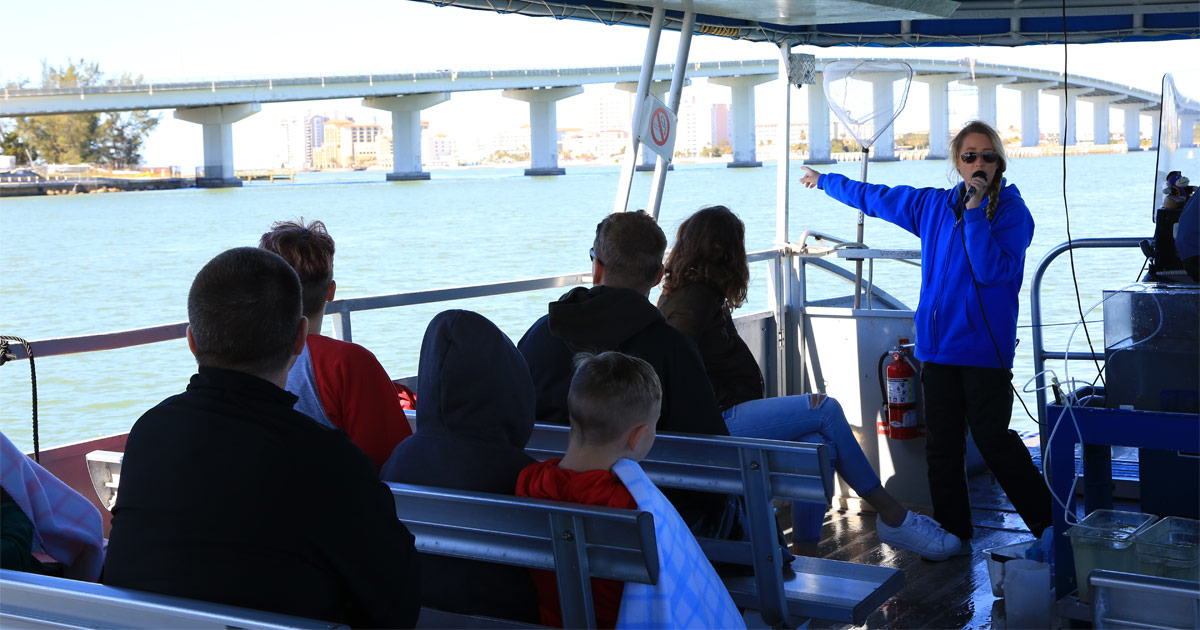
As the captain takes you around the corner and past Sand Key Bridge, you get a glimpse out into the open ocean of the Gulf. This is a prime spot for sighting larger animals that may be coming into the shallow areas of the bay to have their young. Since Clearwater Bay is an estuary, about 85% of all marine life visit at least at one point in their life to have their young in the safer, shallow waters. This is also a prime spot for dolphin sightings. A common sight while looking out on the shimmering water, is the emerging dorsal fin every couple of feet. If you’re lucky, the occasional tale fluke will splash the surface of the water while the dolphins hunt for bait fish in the area.
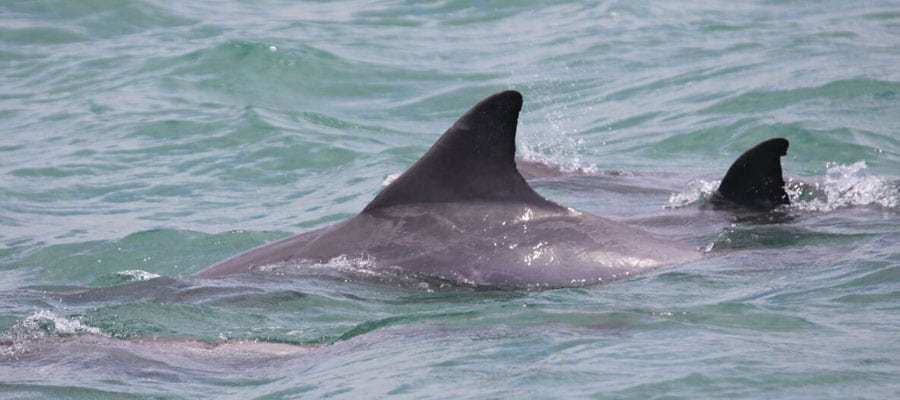
Discovering Sea Creatures From the Bay
Next, the boat is making a pit stop at the specified net pull location. The biologist on board explains that this is where the research takes place. Being the only boats in these waters that are allowed to use a trawl net, it is a unique data collection that contributes to the overall health of Clearwater Bay. The crew then throws the net in the water and waits three minutes. They joke that they’ve caught strange things on these pulls such as a golf cart, but it brings up the serious problem of pollution and how it is a real threat here in the bay. Once the time is up, the net is pulled and the catch for the trip is hauled aboard. The biologist goes through and sorts each species and places them into an aquarium on board.
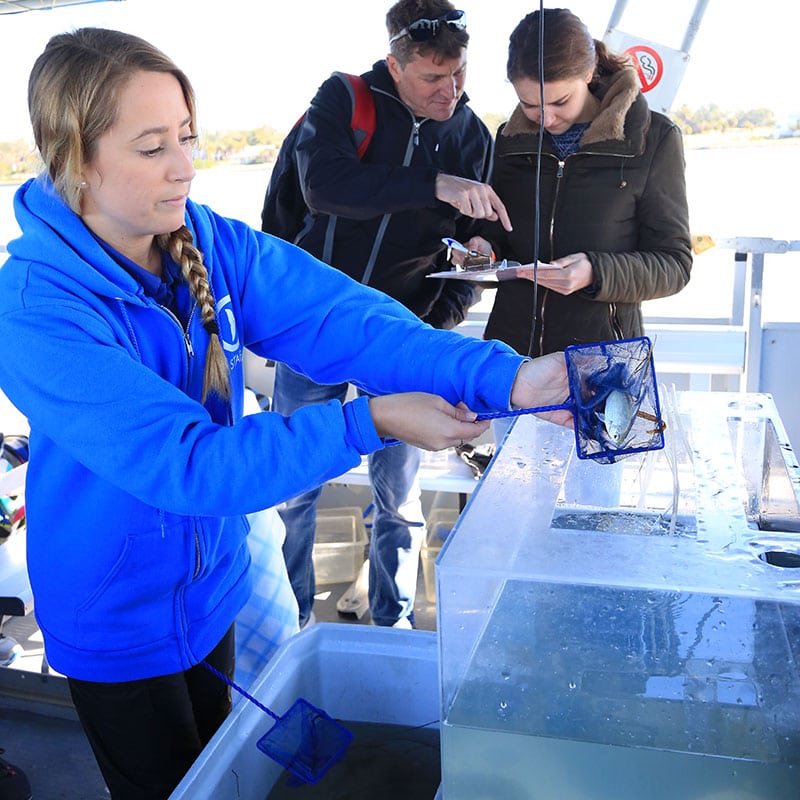
Before you know it, the boat is stopping at a small island. Guests are welcomed to get off and explore, search for sea shells, and enjoy the sunny Florida weather. When the captain honks the horn, it’s time to board the boat and start the expedition back to the aquarium. This time, the boat crew brings the fish right to your seat while the marine specialist explains all of the coolest things about them. From lizard fish, to bat fish, to the adorable burrfish, the bay is full of interesting creatures to learn about. Pretty soon, the boat is rounding the corner back into the boat slip. It’s time to say goodbye to all the amazing creatures as they are released back into the bay, and we make our way back to CMA.
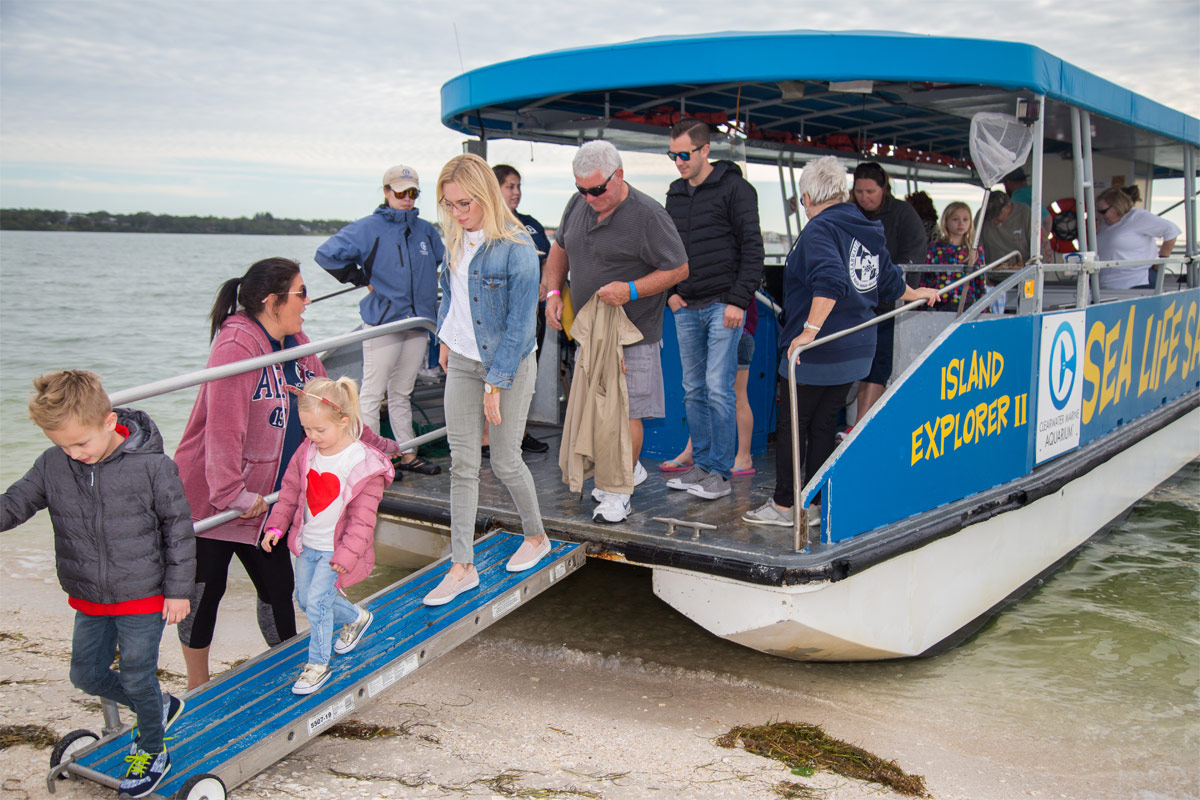
Top 10 Coolest Fish You May Find:
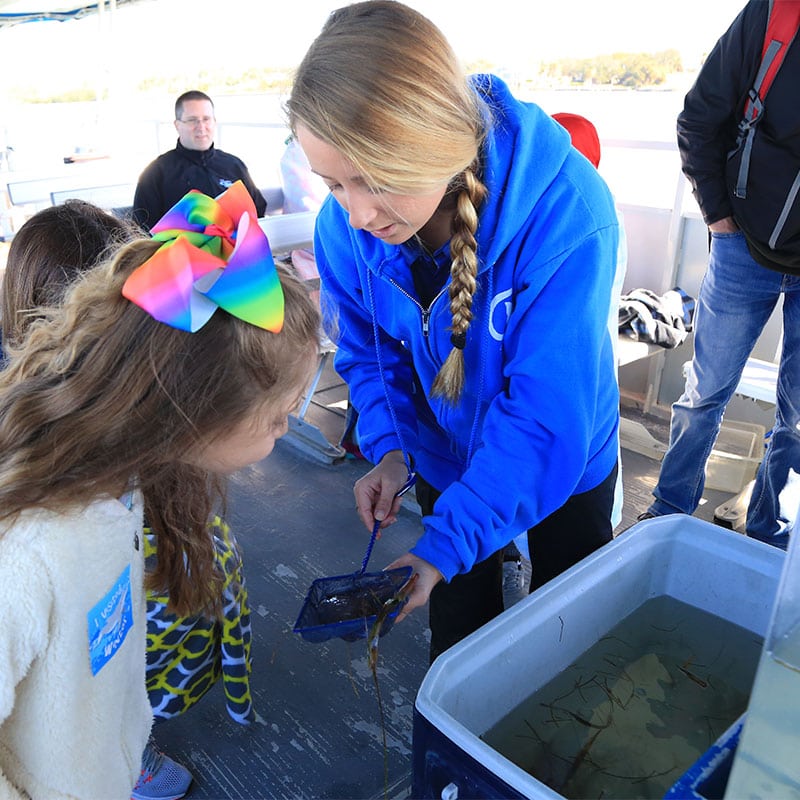
1. Lizard Fish
This ambush predator hides in the sandy areas, and stealthily wait for prey to swim by. Their slender, torpedo shaped body gives them the perfect ability to quickly lunge out at just the right moment.
2. Striped Burrfish
This cute creature is actually toxic! Some species have a tetrodotoxin that is 1,200 times more powerful than cyanide!
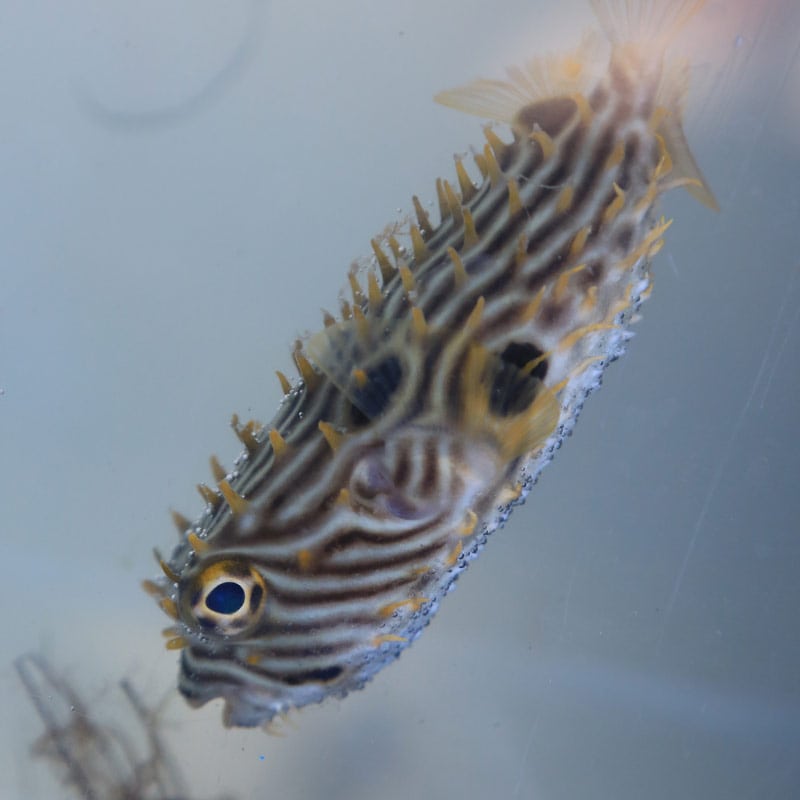
3. Filefish
This little guys unique scale pattern gives it a rough texture that people used to catch and dry out and use as the original sandpaper.
4. Batfish
This fish goes fishing! Using the “bait” at the top of their head they lure unsuspecting prey close enough for them to catch.
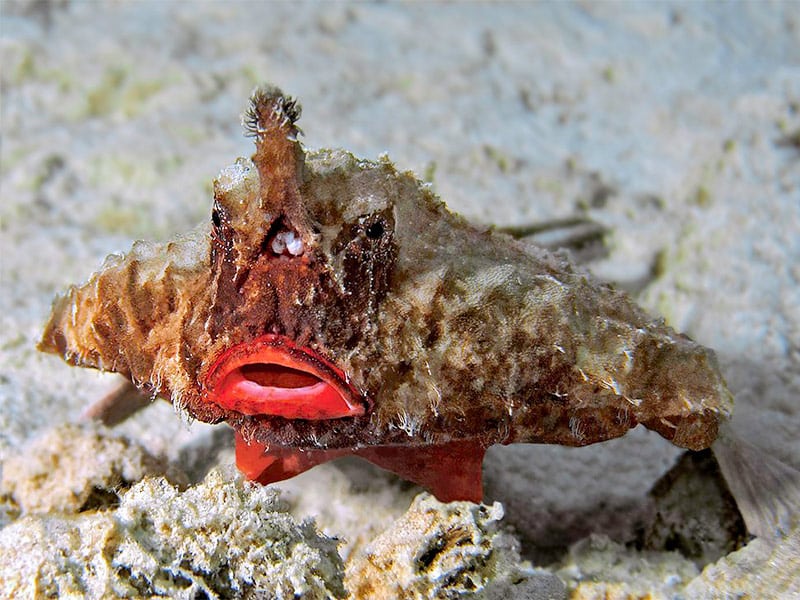
5. Sea Robin
Their lower spines resemble fingers and allow them to crawl along the bottom of the sea floor!
6. Seahorse
They’re romantic! Have been seen performing ritualistic dances with their mates, which they keep for life.
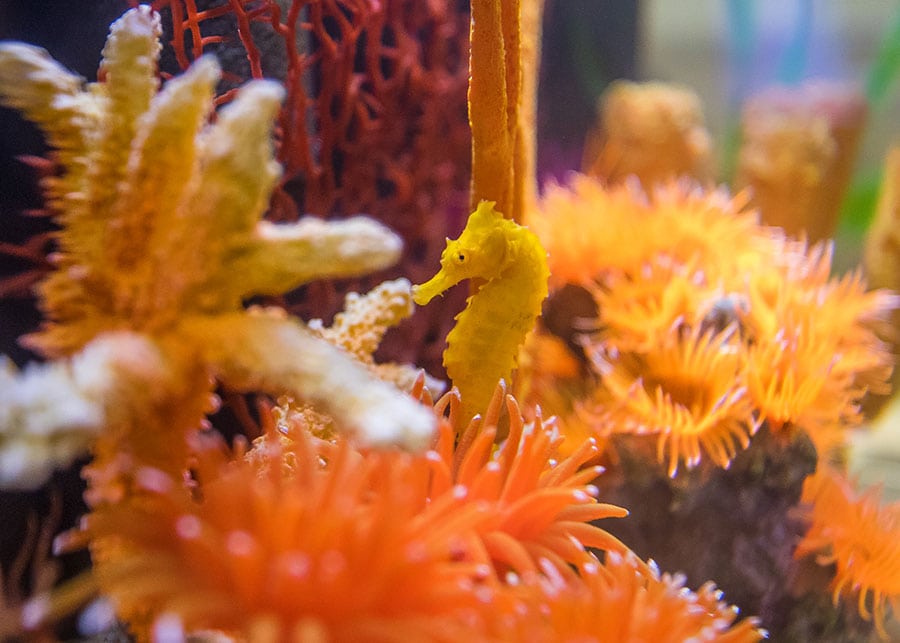
7. Ocellated Flounder
They start of swimming like a normal fish! Then their whole body transforms, in some cases their one eye will push through the body until it reaches the other side. They then become benthic creatures who spend their life on the sea floor.
8. Cowfish
Yellow means warning! These guys contain a toxin harmful to other fish who can be affected if they swim too close.
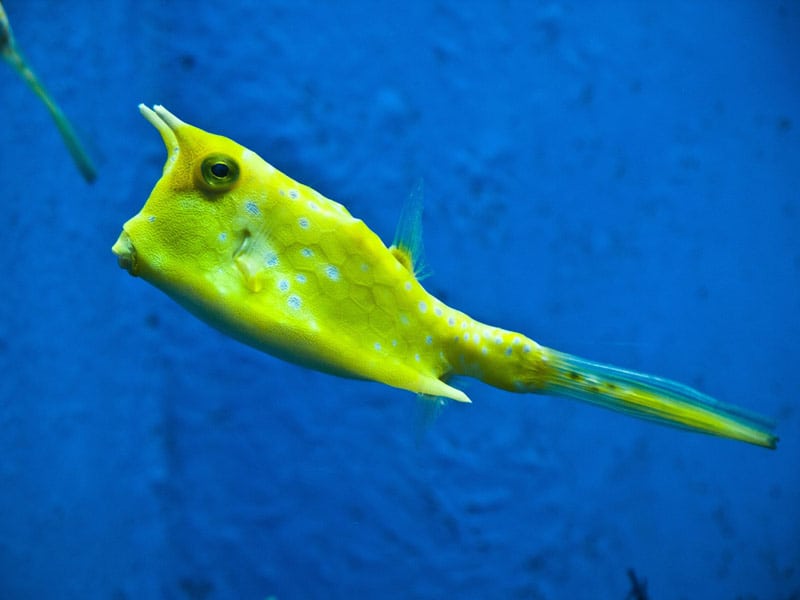
9. Scorpionfish
Caution, these guys can sting! Their venomous dorsal spines are used as self-defense.
10. Toadfish
These interesting fish lack scales and instead are covered in a toxic slime!
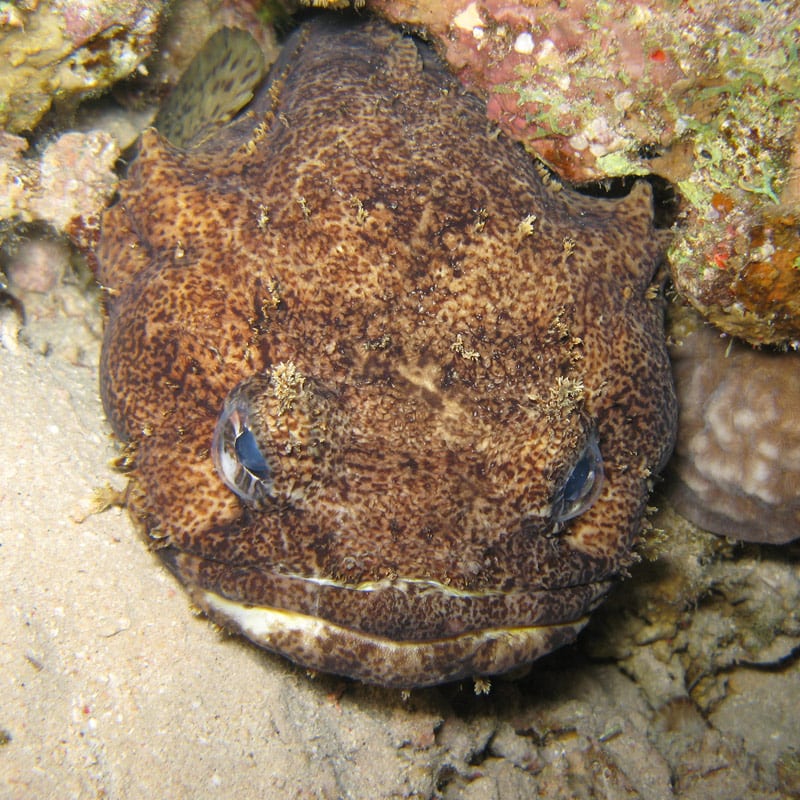
The Real Reason the Sea Life Safari is Cool — Research!
While these trips are meant to be educational and fun, there is also a real research component behind them. During the trip, guests observe our marine specialists collecting baseline data. This data is vital to understanding the ecosystem of the estuary and helps our researchers keep track of the bay in its natural conditions. Each trip they are recording data on what species of fish are brought up in the net pull, the size of the most common fish, the salinity of the water, and the temperatures of the air and water that day.
Although this collection of data may seem arbitrary, it is actually essential to understanding the health of our bay. By keeping record of the bay over many years it allows us to witness any changes that may occur, whether that be in fish populations, or water temperatures, it gives us a better chance of understanding what may have caused these changes. For example, if we notice water temperatures rose drastically in 2016, and our population of pinfish were low that year, we can infer that the rise in temperature was a cause of this.
This data is also important in the event that a natural disaster was to occur in the area. By having data to look back on, our researchers are able to see the conditions of the bay before the event occurred, and compare it to the data collected after the event occurred. This way they can see how the ecosystem of the bay was effected by the event. This is ongoing research, that is critical to understanding our ecosystem here in Clearwater Bay.